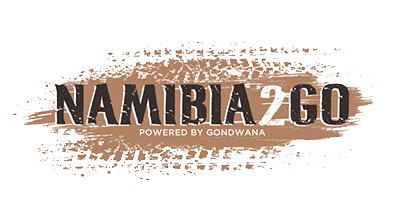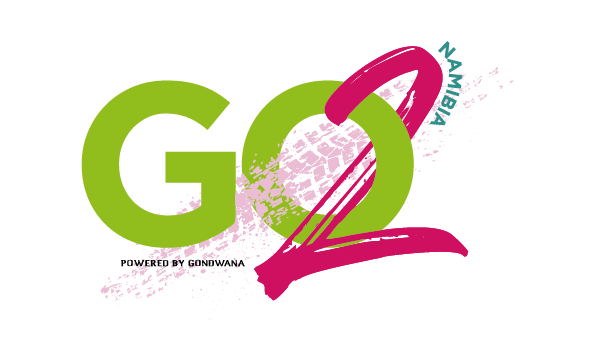If the mysterious Nazca lines etched into the Peruvian desert astound you, so will the massive ‘earth drawings’ or ‘geoglyphs’ created by Site Specific in both Namibia and South Africa.
Due to their large size these vast creations can also only be viewed from above - from a hot-air balloon, microlight, drone, Google Earth or UFO - and in Namibia, thankfully, from on top of a craggy hill, a much more accessible option.
I met up with the Site Specific team several years ago at Klein-Aus Vista Lodge in southern Namibia when they were busy creating the gigantic Namib-wild-horse geoglyph on the stony plains. The group was based at the lodge’s rustic Geisterschlucht (Ghost Valley) cabin where they returned at midday for lunch and in the evenings for a hearty dinner. It was a windy, cold winter’s day, but the team of enthusiastic volunteers, clad in colourful gear and fuelled with tots of Old Brown sherry and a refreshing amount of merriment, seemed undaunted. They were hammering old fence droppers into the ground in the shape of a galloping horse, a feat of meticulous proportions plotted and co-ordinated by Site Specific founder and artist, Anni Snyman, and her architect brother, PC Janse van Rensburg.
.jpg?width=850&height=850&name=31_Art%20on%20a%20grand%20scale-02%20(3).jpg)
From early on in life, inspired by the drawings of Alexander Calder, Anni experimented with creating form from a continuous line. This graceful, flowing line is evident in all her earth drawings. By the time I met up with them, Site Specific had already created a Riverine Rabbit in Loxton and a Snake Eagle in Matjiesfontein in South Africa. The beautifully-rendered Snake Eagle, with wings outstretched and a spiral running through its centre, was intended to draw attention to the proposed fracking in the area. And the Riverine Rabbit, with a black-backed jackal in its rump, was created to raise awareness for the plight of the endangered Karoo rabbit. Both were made with large circles of limewash placed at 30cm intervals, which form a clear line when viewed from above. Anni told me that they call their geoglyphs ‘thinking paths’ and they are meant to be walked. “The whole illustration is always one line so that if you start walking from one point, you’ll find yourself back where you started. It’s like a meditation path – a labyrinth.”
.jpg?width=850&height=642&name=31_Art%20on%20a%20grand%20scale-03%20(5).jpg)
The wild horse at Klein-Aus Vista differs from the others in two aspects. Living up to the name Site Specific, where artwork is adapted to the environment and its particular topography, this geoglyph cannot be walked because of the sensitivity of the Namib Desert environment. It can, however, conveniently be viewed from the adjacent koppie, which entails a 45-minute walk up the path from the campsite. The viewpoint overlooks the Klein-Aus plains and the spectacular desert scenery, and - of course - the wild horse.
The sloping landscape posed some challenges and the group returned at a later stage to rework the lines with fifteen tons of rock removed from jackalproof fences in a rehabilitation project. The 80x140m ‘Stone horse’ (or /Ui häb in Nama) was created to honour the wild horses of the Namib - the Namibs - that reside in the nearby Namib-Naukluft Park.
.jpg?width=850&height=850&name=31_Art%20on%20a%20grand%20scale-04%20(2).jpg)
The wild horse geoglyph galloping across the desert plains to the crossroads is a symbol of both rewilding and hope. The family-owned and -run Klein-Aus Vista Lodge has been closely connected to the horses over the years and the lodge radiates the free spirit of the wild horses.
Like Site Specific’s other land-art projects, the geoglyph merges art, community and the environment in a mindful and unobtrusive way, resulting in awe-inspiring earth beauty.


.jpg)
.jpg)
.jpg)




.png)

SUBMIT YOUR COMMENT